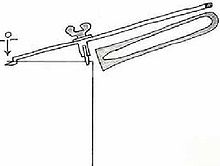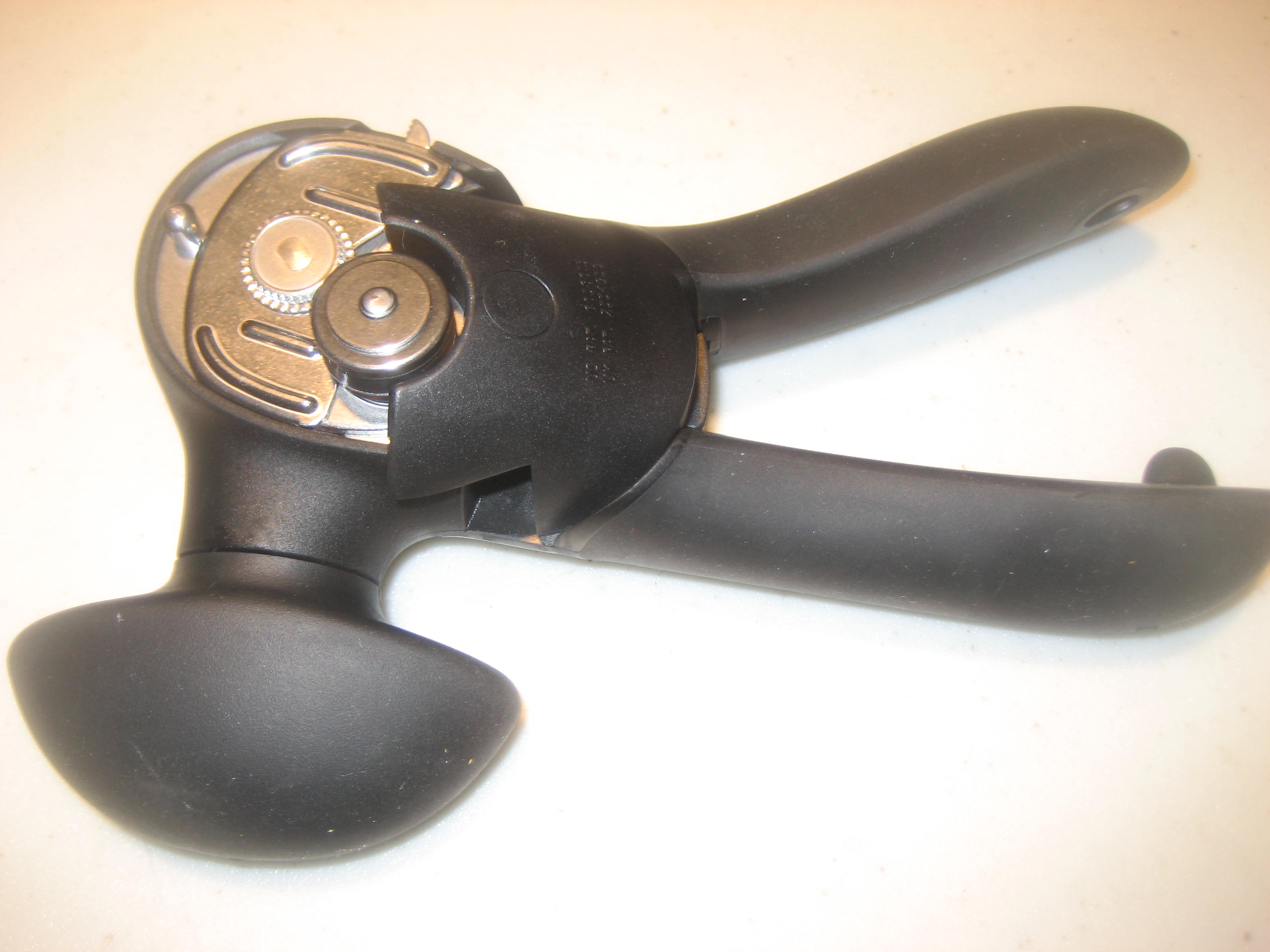|
|
 |
|
| The tin can was invented in |

|
| 1810 by Peter Durand for use by the British Navy |
In Search of a Better Can Opener
You probably haven’t
given much thought to the history of tin cans and in fact, it's a technology on the decline whose glory days are in the past...
|
 |
|
And yet your cupboard is likely still filled with a vast and diverse collection of canned goods – everything
from stewed tomatoes to sardines. A quick inventory of our pantry revealed: 3
cans each of tuna fish, sardines (skinless and boneless in olive oil of course), black olives and coconut milk, 2 cans each
of pumpkin pie filling, chicken broth, and garbonzo beans, and one can each of
cranberry sauce (you can tell this is a post Thanksgiving post), lima beans,
black beans, chipotle chilies, sliced green chilies, and several Progresso low sodium soups.
Looks like we’re fresh out of stewed tomatoes and I’ll add that to the grocery list. And if you want to get technical (isn’t that the point?) the sardines and chipotle chilies don’t
count because this piece is actually about (or soon will be) can openers and these
cans are of the built-in opener variety. Not that this has anything to do with
this story but you really can tell quite a bit about a person/family by examining the cans in their cupboard. Google would probably be very interested in this data so they could send you send you customized ads for
(in our case) Indian and Mexican restaurants. Automated Big Brother kitchen cupboard
inventories is a subject for another day.
Like most things, even the simple
tin can has its history. In 1810 British merchant Peter Durand invented a way to preserve food in metal cans for use
by the British Navy. The only problem was the can weighed more than its contents
and came with instructions instructing the user to open with a hammer and chisel. A
few years later the first commercial canning factory opened in England and in 1846, Henry Evans invented a machine that was
able to turn out canned goods at the rate of sixty per hour, about ten times faster than previously possible.
|
 |
|
So right about now (if I didn’t lose you with the history of tin
cans) you might be wondering, why the hell do I care? The answer is simple…
where there is a can, there is a can opener! Chances are the can opener in your kitchen drawer
is fairly similar to its predecessors as there have only been about four major technology advancements in gadgets designed
to open tin cans. The first was a simple device invented by Connecticut native
Ezra Warner in 1858 that eliminated the need to use a hammer and chisel every time you wanted some baked beans. However, it was a rather crude bayonet-like device that was way too dangerous for common household use
so your local grocer would open the can for you when you bought it (presumably at no extra cost).

|
| Lyman Can Opener |
The next major breakthrough was achieved in 1870 when William Lyman patented a greatly improved household can
opener. This device used a sharp edged wheel that locked against the inner upper
edge of the can and cut through the top of the lid (as conventional openers still do) but it required you to push down and
guide the cutting wheel around the edge of the can by brute force. Finally, the
San Francisco-based Star Can Company introduced a rotating gear driven cutting edge to Lyman’s design which yielded
the modern day opener that is operated by simply rotating the handle.

|
| Swing Away Wall Mounted Opener |
Wall mounted versions (e.g., the famous Swing Away model) introduced a magnet that holds the lid in place after
the cutting is complete. These work horses opened many a can in their day and
are still widely available. To be thorough we also need a nod of recognition
to the electric can opener introduced in 1931, but popularized in the 50s and 60s. These
machines were really nothing more than a cheap can opener with a big-ass electric motor attached to it. My mom had one in the sixties and I guess at the time it was all the rage – but really, unless you’ve
got severe arthritis, do you need to add more CO2 to the environment every time you have a can of soup?
| New-fangled side cutting |

|
| Oxo Can Opener |
Just when you thought that the wheel cannot be re-invented yet again, a series of side-cutting can openers emerged
recently. These openers cut into the side of the lid instead of the top so that
the top can be safely removed without creating a sharp edge. My cousin-in-law
turned me on to the Oxo brand side-cutting can opener and I’ve been looking for cans to open ever since. It takes
a little while to get used to the different feel of its cutting action but it works smoothly and with little effort.
By the way, if you’re thinking it’s a bit over the
top to spend the time reviewing can openers, check out the web site of a true believer, a can opener collector: http://www.the-canopener.com/index.php?option=com_content&view=article&id=1&Itemid=2

|
 |
|
|
 |
|
|
|
|
|
|
 |

